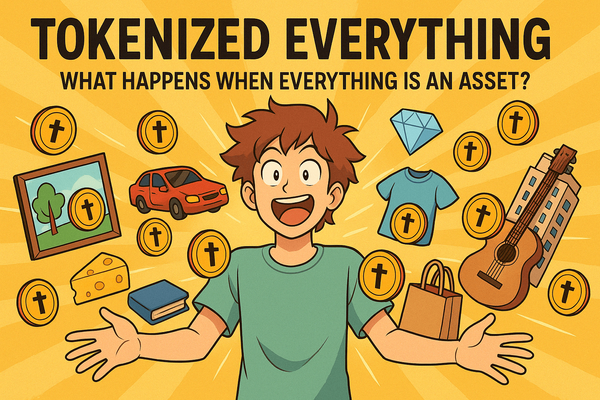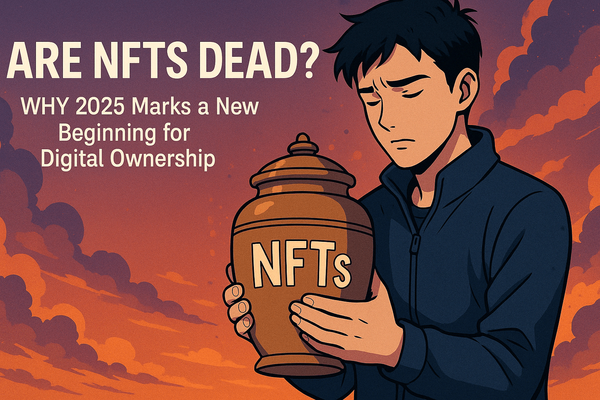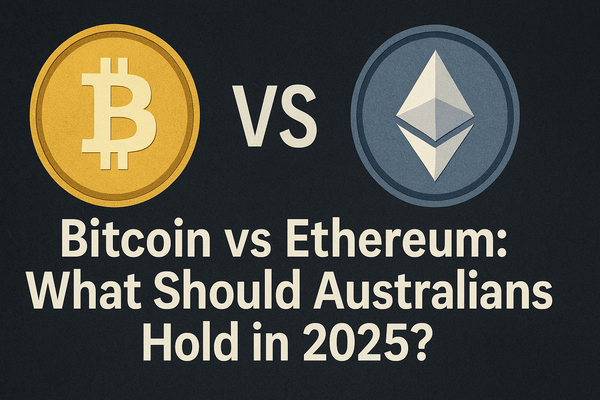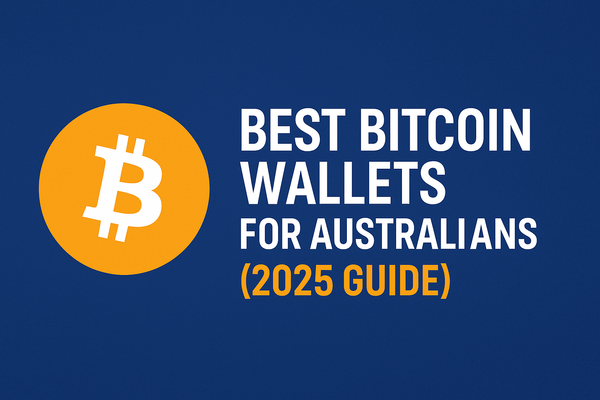Crypto and NFT Scams in Australia: How to Spot and Avoid Them (2025 Guide)

As cryptocurrency and NFTs become more popular across Australia, so do the scams. In 2024 alone, Australians lost over $221 million to investment and crypto-related scams, according to Scamwatch.
From phishing sites to fake NFT drops and romance-based “pig butchering” cons, scammers are evolving fast — and targeting Aussies on Discord, Telegram, Instagram, and even Google search.
This 2025 guide will help you identify, avoid, and respond to crypto and NFT scams in Australia. Whether you're a beginner investor or NFT collector, this guide is essential reading.
⚠️ Top Crypto & NFT Scams Targeting Australians
| Scam Type | Targets Crypto or NFTs | Common in Australia? | Risk Level |
|---|---|---|---|
| Phishing Sites/Wallet Links | ✅ Both | ✅ Very Common | 🔴 High |
| Fake Airdrops & Rewards | ✅ Both | ✅ Yes | 🔴 High |
| Romance “Pig Butchering” | ✅ Crypto | ✅ Increasing | 🔴 High |
| Support Impersonation | ✅ Both | ✅ Yes | 🟠 Medium |
| Rug Pulls / Exit Scams | ✅ NFTs | ✅ Yes | 🔴 High |
| Fake Investment Platforms | ✅ Crypto | ✅ Yes | 🔴 High |
🎣 1. Phishing Sites & Wallet Drainers
This is the #1 crypto/NFT scam in Australia.
You click a fake OpenSea, MetaMask, or CoinSpot link (often from Google Ads or Twitter), and connect your wallet. Once you sign a malicious transaction, the scammer drains your crypto or NFTs.
How to Avoid It:
- ✅ Manually type the domain (e.g.
opensea.io,coinspot.com.au) - ✅ Bookmark official websites
- 🚫 Never click links from random Discord or Instagram messages
- ✅ Use tools like Rabby Wallet which show what you're signing
🎁 2. Fake NFT Airdrops & Crypto Rewards
A “free NFT” shows up in your wallet, or you get airdropped a token like $GIVE or BURNX. When you try to claim, view, or sell it — you trigger a malicious smart contract.
These scams also include messages like:
- “You’ve been selected for whitelist mint!”
- “Your account needs verification for prize claim”
How to Avoid It:
- ✅ Ignore and hide suspicious NFTs
- ✅ Use Revoke.cash to remove token permissions
- 🚫 Never interact with surprise airdrops
❤️ 3. Romance Scams (“Pig Butchering”)
Common on Instagram, Tinder, and Telegram in Australia — someone builds trust with you, then introduces a “crypto opportunity” or asks you to use a fake exchange.
In 2023, Australians aged 25–44 were most targeted by this scam.
Red Flags:
- Sudden interest in your financial life
- Asking you to try a new trading app or transfer crypto
- Emotional manipulation or urgency
How to Avoid It:
- ✅ Only use AUSTRAC-registered exchanges (e.g. CoinSpot, Swyftx)
- 🚫 Never send crypto to a stranger
- ✅ Report suspicious accounts to the platform
👨💻 4. Fake Support Accounts (Discord, Telegram, Instagram)
Scammers impersonate exchange or wallet support staff. You’ll get a DM offering to “help” — and they’ll ask for your:
- Seed phrase
- Wallet access
- Screenshare to “assist you”
Never:
❌ Share your seed phrase
❌ Give remote access
✅ Instead: Contact official support via their verified website
💥 5. Rug Pulls and NFT Exit Scams
Some NFT or crypto token projects launch with big promises, hype marketing, and even Aussie influencers — only to disappear after mint or presale.
Example: A 2024 NFT project promising “metaverse parcels in Byron Bay” rugged within 2 weeks.
How to Avoid It:
- ✅ Look up the team (Are they doxxed?)
- ✅ Check smart contract audits
- 🚫 Be skeptical of time-sensitive mints or token sales
🏦 6. Fake Investment Platforms
Australians are being sent fake crypto trading platforms via:
- Facebook ads
- Telegram groups
- WhatsApp cold DMs
They mimic real exchanges (like Binance AU or Independent Reserve), but your funds are unrecoverable once deposited.
How to Avoid It:
- ✅ Use verified exchanges like CoinSpot or Swyftx
- ✅ Check ASIC's list of unlicensed companies
- 🚫 Don't invest via platforms shared by strangers
🔒 How to Protect Yourself from Crypto & NFT Scams
✅ Use a hardware wallet for valuable assets (e.g. Ledger)
✅ Enable 2FA on every exchange
✅ Bookmark trusted websites
✅ Read before you sign any wallet transaction
✅ Use Revoke.cash to remove suspicious smart contract approvals
✅ Store seed phrases offline (never in Notes app or email)
🇦🇺 Where to Report a Scam in Australia
If you’ve been targeted or lost funds:
- 📍 Scamwatch (ACCC)
- 🛡️ Australian Cyber Security Centre
- 💼 ASIC (for investment scams)
- 🔐 Your bank (for scam payment recovery)
- 🧾 Report crypto tax issues to the ATO
🧾 Can You Claim Crypto Scam Losses on Tax?
Yes — in some cases, if you were the owner of the asset, and it was stolen or lost without recovery, you may be able to claim a capital loss under ATO rules.
Consult a registered Australian tax agent to assess your situation.
📚 Related: NFT Tax in Australia: What You Need to Know
FAQs
Q: What’s the most common NFT scam in Australia?
A: Phishing links pretending to be OpenSea, MetaMask, or CoinSpot are the most frequent.
Q: Can I get my crypto or NFT back if scammed?
A: Usually not. Blockchain transactions are irreversible. You can revoke wallet permissions to limit further damage.
Q: What’s the safest wallet for Australians in 2025?
A: A combination of MetaMask and a hardware wallet like Ledger Nano X is the most secure.
Q: How do I know if an NFT project is legit?
A: Check if the founders are public, look for audits, and avoid rushed mints.
Final Thoughts
Crypto and NFT scams are evolving fast in Australia. But with the right knowledge, tools, and habits, you can avoid becoming a victim.
✅ Always double-check links
✅ Never share your seed phrase
✅ Use trusted wallets and exchanges
✅ Report any scams immediately
Want to stay safe in Web3?
📚 Best NFT Wallets for Australians (2025)
📚 How to Buy NFTs in Australia – Step-by-Step




